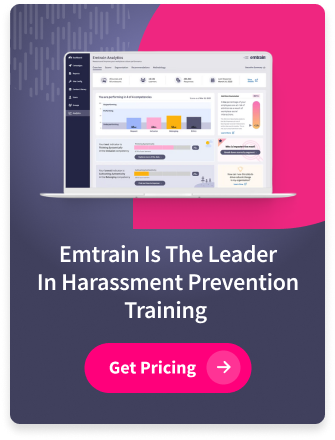Prepare Your Company for the March 3rd Deadline
The New York Retail Worker Safety Act introduces significant measures to improve workplace safety for retail employees. Signed into law on September 4, 2024, and with compliance deadlines starting in March 2025, the Act has raised many questions among employers. Below, we address some of the most frequently asked questions about this legislation to help you navigate its requirements.
1. What is the New York Retail Worker Safety Act?
The Retail Worker Safety Act is a state law designed to reduce workplace violence in retail settings. It mandates that retail employers implement a workplace violence prevention policy, provide interactive training for employees, and, for larger employers, install panic buttons or similar devices for emergencies.
2. Who is covered under the Act?
The law applies to retail employers in New York with 10 or more employees. Retail businesses include stores selling consumer goods such as clothing, electronics, and furniture. However, establishments primarily selling food for on-premises consumption, like restaurants, are excluded.
3. What are the key compliance deadlines?
- March 3, 2025: Employers must implement workplace violence prevention policies and training programs.
- January 1, 2027: Employers with 500 or more employees nationwide must install panic buttons in their New York retail locations.
4. What must the workplace violence prevention policy include?
The policy should:
- Identify workplace risks (e.g., late hours, handling cash, working alone).
- Outline methods to mitigate these risks, such as reporting systems and emergency response protocols.
- Include anti-retaliation provisions for employees who report violence or safety concerns.
The New York Department of Labor (NY DOL) will provide a model policy that employers can adapt.
5. What are the training requirements?
Employers must provide interactive training to all employees at hire and annually thereafter. The training must cover:
- De-escalation techniques.
- Active shooter drills.
- Emergency procedures, including site-specific evacuation plans.
- The use of safety devices like panic buttons.
Supervisors must also receive additional training on managing emergencies and addressing security concerns.
6. What is the panic button requirement?
Starting January 1, 2027, employers with 500 or more employees nationwide must:
- Provide employees with wearable, mobile, or installed panic buttons.
- Ensure the panic buttons immediately alert emergency services and provide the user’s location.
For smaller businesses, this requirement does not apply.
7. What role does the New York Department of Labor play?
The NY DOL is tasked with creating and publishing:
- A model workplace violence prevention policy.
- A training program that meets the law’s requirements.
Employers can choose to adopt the NY DOL’s resources or develop their own policies and training programs that meet statutory standards.
8. Are there language accessibility requirements?
Yes. Employers must provide policies, training materials, and notices in English and in the primary language of their employees. This ensures that all workers can understand and follow the safety guidelines.
9. What happens if employers don’t comply?
Failure to comply with the Retail Worker Safety Act could result in penalties, legal action, and reputational damage. Additionally, non-compliance may leave employees unprepared for safety incidents, increasing workplace risks.
10. Are there proposed amendments to the Act?
Yes. A proposed amendment may delay the effective date to June 2, 2025, and introduce changes like:
- Adjusting training frequency for smaller employers to every two years after the initial hire.
- Narrowing language accessibility requirements to the 12 most commonly spoken non-English languages in New York.
- Redefining “panic buttons” as “Silent Response Buttons” for internal assistance instead of direct emergency services.
Employers should prepare for the current version of the Act while monitoring the progress of this amendment.
11. What are the next steps for employers?
- Assess Risks: Conduct a workplace violence assessment to identify vulnerabilities.
- Draft Policies: Develop or adapt your workplace violence prevention policy using the NY DOL’s model as a guide.
- Implement Training: Establish a comprehensive training program that prepares employees for real-world scenarios.
- Plan for Panic Buttons: For larger employers, evaluate options for panic button implementation ahead of the 2027 deadline.
12. How can Emtrain help?
Emtrain offers comprehensive solutions to meet and exceed the requirements of the Retail Worker Safety Act. Our platform provides:
- Interactive training with real-world scenarios.
- Customizable policies and materials tailored to your organization.
- Data-driven insights to assess risks and track compliance.
Ready to ensure compliance and foster a safer workplace? Contact Emtrain today to learn how we can help your retail business meet the demands of the Retail Worker Safety Act while building a culture of safety and trust.






